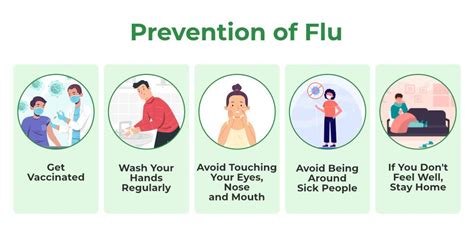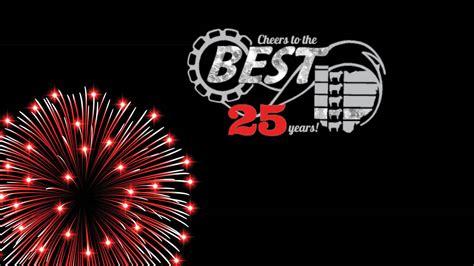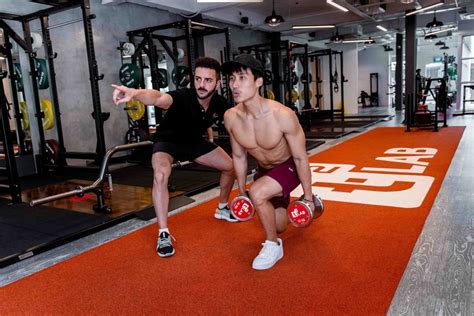Maximize core power: key to peak performance & injury resilience?

In the pursuit of optimal physical prowess and sustained health, one often overlooked yet profoundly critical component is the power of the core. Far beyond the superficial six-pack, a truly powerful core acts as the body’s central powerhouse, linking the upper and lower body and dictating efficiency, stability, and control in every movement. But is maximizing core power truly the ultimate key to unlocking peak performance and building unwavering injury resilience?
What Exactly is “Core Power”?
When we talk about the core, we’re referring to a complex network of muscles, including the transversus abdominis, obliques, rectus abdominis, erector spinae, multifidus, and even muscles of the hip and glutes. These muscles work synergistically to stabilize the spine and pelvis, generating and transferring force throughout the body.
Core “strength” implies the ability to maintain a static position or move weight. Core “power,” however, takes this a step further, integrating speed and force. It’s the capacity of these muscles to rapidly produce force or resist unwanted motion, crucial for dynamic activities like jumping, throwing, or quickly changing direction.
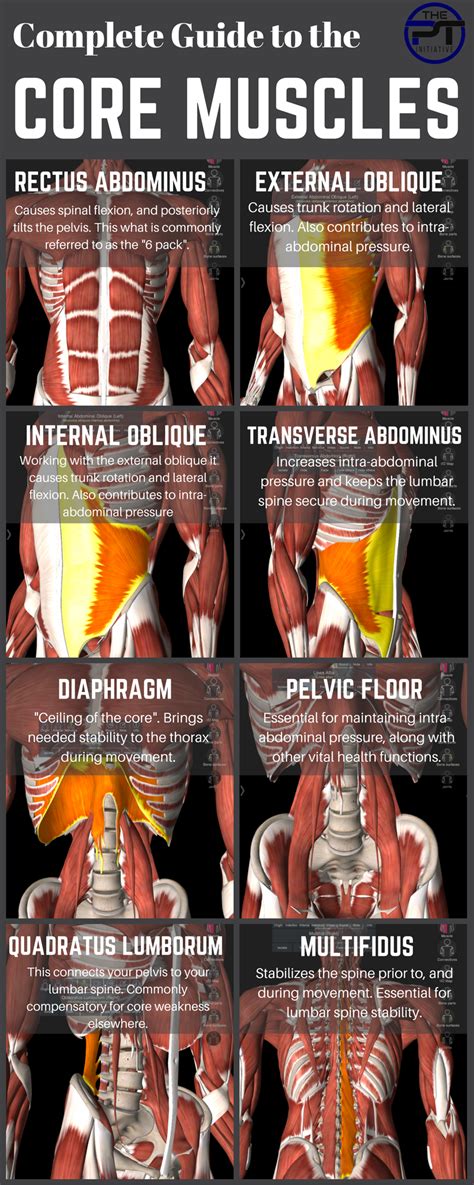
The Foundation of Peak Performance
For athletes and everyday fitness enthusiasts alike, a robust and powerful core is non-negotiable for superior performance. It serves as the stable base from which all powerful movements originate. Whether you’re a runner needing to maintain efficient posture, a golfer generating rotational force, or a weightlifter bracing for a heavy lift, core stability ensures that force is transferred effectively from your limbs to the ground and vice versa, preventing energy leaks and maximizing output.
Enhanced core power translates directly into improved balance, agility, and coordination. It allows for quicker reaction times, better control during complex movements, and the ability to sustain high-intensity efforts without compromising form. Without this central stability, even the strongest limbs operate at a disadvantage.

Your Shield Against Injury
Beyond performance, a strong and powerful core is your body’s best defense against a myriad of injuries. The core muscles act as a natural corset, protecting your spine from excessive movement and absorbing shocks that would otherwise impact the vertebral discs and ligaments. When these muscles are weak or inactive, other structures, such as the lower back, hips, and knees, compensate, leading to overuse injuries, strains, and chronic pain.
Proper core engagement ensures that movements are initiated from the hips and glutes, rather than the lower back, reducing the risk of conditions like herniated discs or sciatica. Furthermore, it stabilizes the pelvis, which in turn supports the alignment of the legs, mitigating issues such as patellofemoral pain syndrome or IT band friction syndrome. Developing core power is a proactive strategy for a resilient, pain-free body.

Cultivating a Powerful Core
To truly maximize core power, training must go beyond traditional crunches. A comprehensive approach involves targeting all functions of the core: anti-extension (planks), anti-rotation (pallof presses), anti-lateral flexion (side planks), as well as dynamic flexion, extension, and rotation exercises. Incorporating movements that challenge stability under load and require rapid force production is key.
Examples of effective exercises include planks, side planks, bird-dog, dead bugs, Russian twists (controlled), medicine ball slams, cable chops, rotational throws, and functional movements like squats and deadlifts where the core is heavily engaged. Progression is vital; start with stability exercises and gradually introduce more dynamic, power-focused movements.

Integrating Core Training into Your Routine
Consistency and proper form are paramount. Aim for 2-4 core training sessions per week, varying your exercises to continually challenge the muscles in new ways. Focus on quality over quantity, ensuring each movement is executed with deliberate control and full engagement of the core. Remember, the core isn’t just for isolated exercises; consciously engage it during all your strength training and daily activities.
By prioritizing core power, you’re not just building a stronger midsection; you’re investing in a more efficient, robust, and resilient body capable of achieving peak performance in any endeavor while significantly reducing the likelihood of debilitating injuries. This holistic approach ensures long-term physical well-being and an enhanced quality of life.
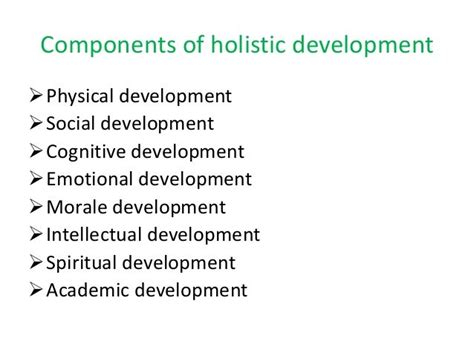
In conclusion, the answer to the initial question is a resounding yes. A highly developed and powerful core is undeniably a fundamental key to unlocking peak athletic performance and establishing a formidable defense against injuries. It’s the silent force that empowers every move, stabilizes every stance, and protects the very center of your physical being.

